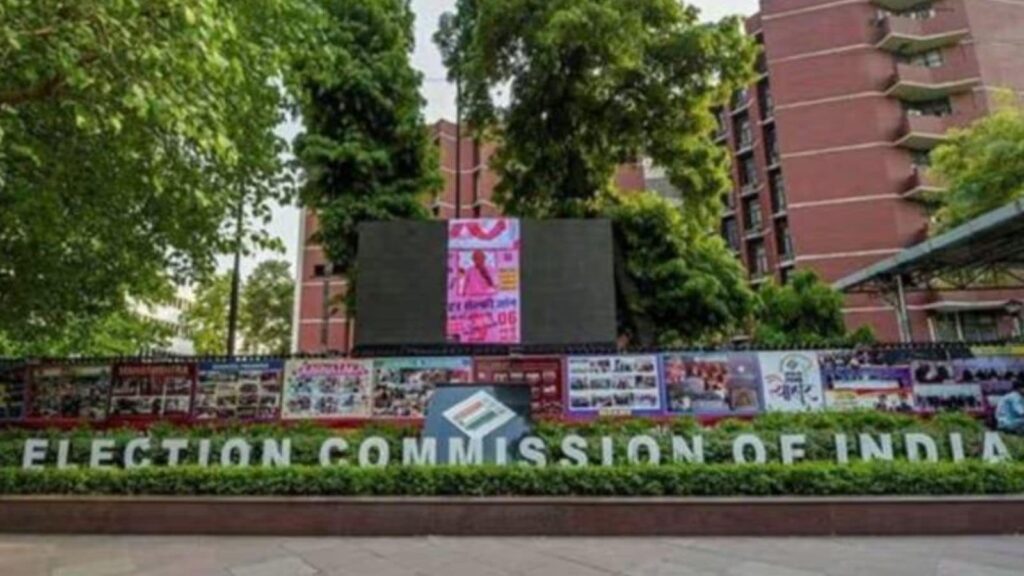While Vice President Jagdeep Dhankhar’s “sudden” resignation may have given the Opposition some ammunition to allege that all is not well in the NDA camp, it now has a new challenge before it: devising a collective strategy for the election of the next Rajya Sabha chairman.
The Vice President is elected by members of both Houses of Parliament. Nominated members of the Rajya Sabha are also eligible to cast their vote.
The Election Commission on Wednesday said it has begun the process of holding the vice presidential election and has started constituting the electoral college comprising MPs of both Houses of Parliament. The poll panel said it is also finalising returning officers for the election. “On completion of the preparatory activities, the announcement of the election schedule will follow as soon as possible,” the EC said.
The Indian Express spoke to several Opposition parties on their move forward. While they said there will “definitely” be a candidate when the election happens, they are waiting to see how the government responds to the situation.
“We are waiting for the ruling side to make the next move. Once they pick a candidate, we will also discuss what has to be done,” a CPI(M) MP said.
INDIA bloc leaders said the Congress will play a “big” role in the elections as they are the “largest” Opposition party.
However, a Samajwadi Party MP added: “They will need to consult all parties, bring everyone on board. The coordination will have to be done by the Congress. Since the resignation was so sudden and unexpected, the process will have to start from scratch.”
Congress sources said the party is ready for the “challenge”. “We have coordinated with our allies on several issues and brought INDIA bloc parties together on the Pahalgam attack and Bihar Special Intensive Revision (SIR). We will do the same for this,” said a Congress Rajya Sabha member.
But this coordination will be hard to pull off. Over the last year, the INDIA bloc has seen parties taking a different line over issues, with several parties even questioning the Congress’s credentials to lead the alliance after a string of losses in state Assembly elections.
Big edge to NDA, but tighter fight
Unlike the presidential election, the electoral college for the Vice President only includes members of both Houses of Parliament, and does not include state legislators.
Currently, there is one vacancy in the Lok Sabha (Basirhat, West Bengal), and five vacancies in the Rajya Sabha. Of the five vacancies in the Rajya Sabha, four are from Jammu and Kashmir and one from Punjab.
The total strength of the two Houses together is 787 and the winning candidate needs at least 394 votes to be elected, if all eligible voters cast their votes. As numbers stand, the BJP-led NDA has 422 MPs.
In the 542-member Lok Sabha, the NDA enjoys the support of 293 members. In the Rajya Sabha where the effective strength is currently 245, the ruling alliance has the support of 129 MPs, counting the nominated members who are likely to vote for the NDA nominee.
Still, the election for Dhankhar’s successor will likely be a narrow one compared to the last two elections. In 2017, when the first vice-presidential election was held under the Narendra Modi government, the contest was between then Cabinet Minister M Venkaiah Naidu and Opposition nominee Gopal Krishna Gandhi. Naidu won the contest by 272 votes.
In 2022, when Dhankhar was up against Opposition nominee Margret Alva, his victory margin was even larger, at 346 votes. The TMC had at the time abstained from polling, alleging that the Congress had not consulted it before announcing Alva’s nomination.

